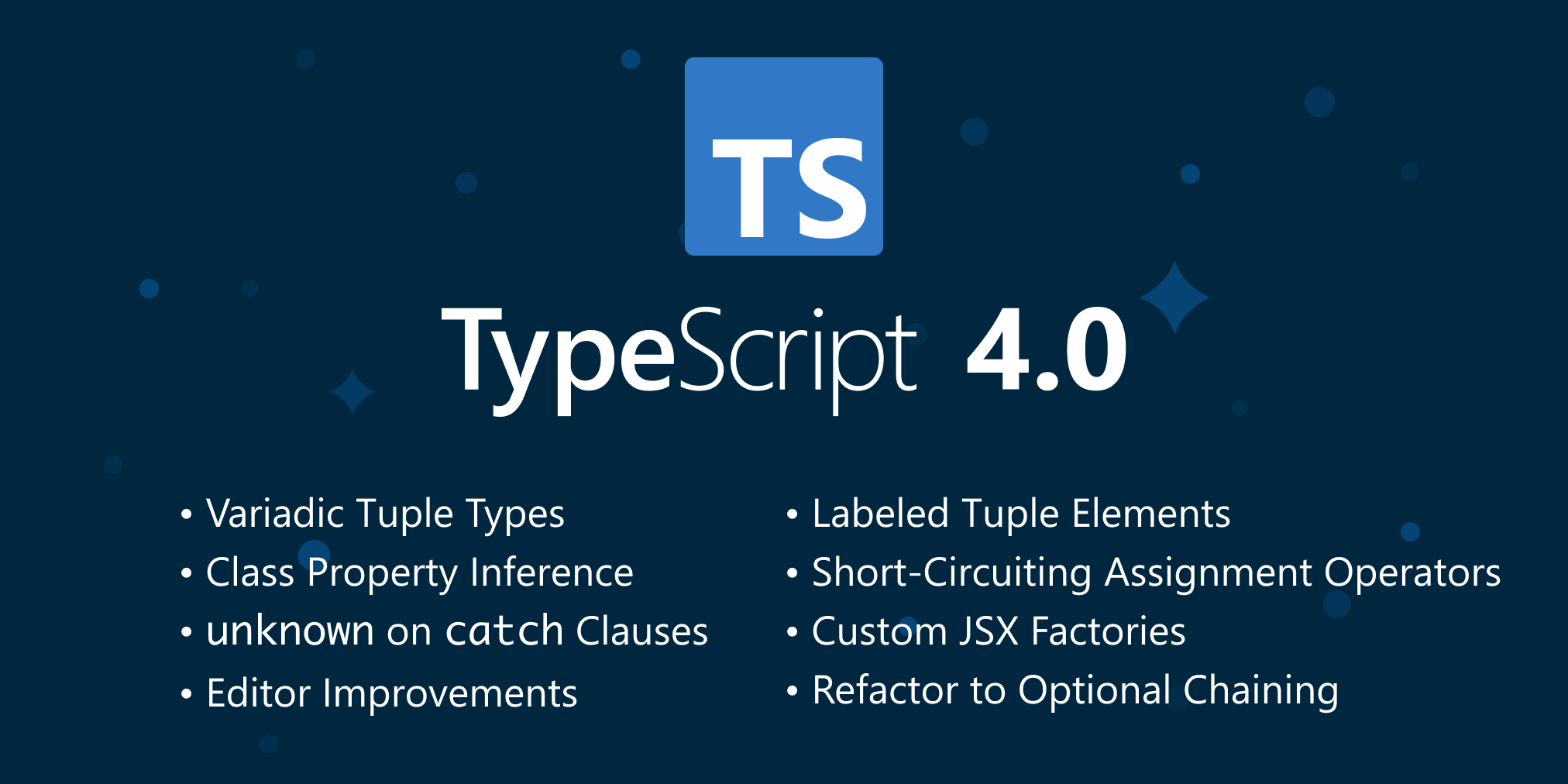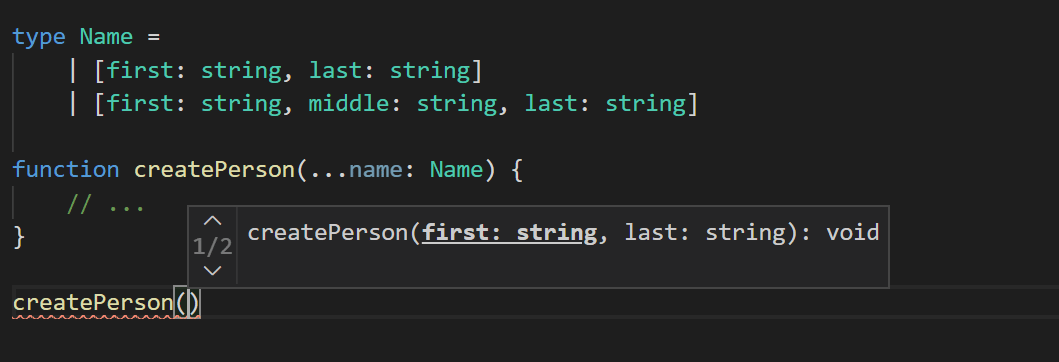
How to Preserve Type Inference in TypeScript Effectively
Learn how to preserve type inference in TypeScript using advanced patterns and TypeScript 4.x features for safer, cleaner code.
Bhavishya Sahdev
Author
How to Preserve Type Inference in TypeScript Effectively

Introduction - Why Preserving Type Inference Matters in TypeScript
Type inference is one of TypeScript's most powerful features -- it allows the compiler to automatically deduce types from context, dramatically reducing the need for verbose type annotations. However, preserving this inference, especially when working with generic types and collections such as arrays, is crucial to maintaining both type safety and developer experience.
In this blog post, targeted at intermediate to advanced developers, we'll explore core concepts of type inference, recent TypeScript 4.x features that enhance inference capabilities, practical techniques to maintain it, and real-world examples illustrating these concepts in action.
Core Concepts of Type Inference in TypeScript
TypeScript's type inference mechanism tries to deduce the types of variables, function return values, and parameters based on the context in which they are used. This auto-deduction reduces boilerplate and helps catch type-related errors early.
Key aspects include:
- Contextual Typing: The type of a variable or parameter can be inferred from how it is used or passed.
- Generic Inference: When a function or type is generic, TypeScript attempts to infer the generic parameters from the provided arguments or usage.
- Inference Challenges: Complex types or usage patterns -- such as arrays of generics or callback functions -- can sometimes block or loosen inference, leading to fallback types like
unknown.
Preserving inference in these scenarios usually requires carefully crafted generics and sometimes leveraging new language features.
TypeScript 4.x Features to Improve Type Inference: Variadic Tuple Types and Labeled Tuple Elements
TypeScript 4.0 introduced powerful advancements that greatly aid in preserving and propagating type information.
Variadic Tuple Types
This feature allows tuples to have a variable number of elements, enabling operations like tuple concatenation and partial application with preserved types.
typescriptfunction tail<T extends any[]>(arr: readonly [any, ...T]) { const [_ignored, ...rest] = arr; return rest; } const myTuple = [1, 2, 3, 4] as const; const r1 = tail(myTuple); // type is [2, 3, 4] const r2 = tail([...myTuple, ...["hello", "world"]] as const); // type is [2, 3, 4, ...string[]]
This preserves the precise types of all but the first element, which is critical for operations manipulating tuples in a type-safe way.
Labeled Tuple Elements
Labeled tuples improve readability by naming each tuple element, which also surfaces in editor tooling and signature help.

By labeling tuple parameters, developers can maintain clear intent and improve type inference especially in complex function signatures.
Techniques and Patterns to Preserve Type Inference in Functions and Arrays
Preserving type inference involves strategic use of TypeScript generics and patterns:
- Generic Constraints: Use generic constraints to link related generic parameters and maintain correlation between inputs and outputs.
- Avoid
unknownWhen Possible: Accept general types with generics rather than falling back tounknownwhich loses inference. - Leverage Variadic Tuples: For functions accepting multiple parameters or tuple arguments, use variadic tuples to capture parameter types precisely.
- Contextual Types in Callbacks: Define callbacks via generics that tie the input types to the context, preserving inference inside callback parameters.
For example, consider partial function application preserving parameter types:
typescripttype Arr = readonly unknown[]; function partialCall<T extends Arr, U extends Arr, R>( f: (...args: [...T, ...U]) => R, ...headArgs: T ) { return (...tailArgs: U) => f(...headArgs, ...tailArgs); } const foo = (x: string, y: number, z: boolean) => {}; // This will error because 100 is not a string const f1 = partialCall(foo, 100); // This will error - too many arguments const f2 = partialCall(foo, "hello", 100, true, "oops"); // Correct: f3 expects (y: number, z: boolean) => void const f3 = partialCall(foo, "hello"); f3(123, true);
This example shows TypeScript infers types for the remaining function parameters based on the partial application.
Practical Code Examples Demonstrating Preservation of Type Inference
Let's revisit the tail function example using variadic tuples, which directly preserves the inferred tuple types:
typescriptfunction tail<T extends any[]>(arr: readonly [any, ...T]) { const [_ignored, ...rest] = arr; return rest; } const myTuple = [1, 2, 3, 4] as const; const r1 = tail(myTuple); // r1 is inferred as [2, 3, 4] const r2 = tail([...myTuple, ...["hello", "world"]] as const); // r2 is inferred as [2, 3, 4, ...string[]]
The tail function returns a tuple without the first element, with full preservation of the remaining tuple types.
And the partialCall function for partial application with inferred remaining parameters:
typescripttype Arr = readonly unknown[]; function partialCall<T extends Arr, U extends Arr, R>( f: (...args: [...T, ...U]) => R, ...headArgs: T ) { return (...tailArgs: U) => f(...headArgs, ...tailArgs); } const foo = (x: string, y: number, z: boolean) => {}; // This will error as number is not assignable to string const f1 = partialCall(foo, 100); // Error: expected 4 args; got 5 const f2 = partialCall(foo, "hello", 100, true, "oops"); // Correct: const f3 = partialCall(foo, "hello"); f3(123, true);
This illustration reinforces how advanced generic patterns with variadic tuples empower type-safe higher-order functions.

Conclusion - Summary of Key Takeaways and Further Reading
Preserving type inference in TypeScript is essential for building robust, maintainable code that leverages the language's strengths without unnecessary verbosity or loss of type safety. The TypeScript 4.x features like variadic and labeled tuple types have significantly enhanced inference capabilities -- empowering advanced patterns such as tuple manipulation, partial application, and higher-order functions.
By adopting the techniques shown here -- carefully applying generics, leveraging new language features, and understanding contextual typing -- you can write TypeScript code that is both flexible and strongly typed.
For further detail and deeper concepts, refer to the official TypeScript Handbook and Microsoft's TypeScript blog.

